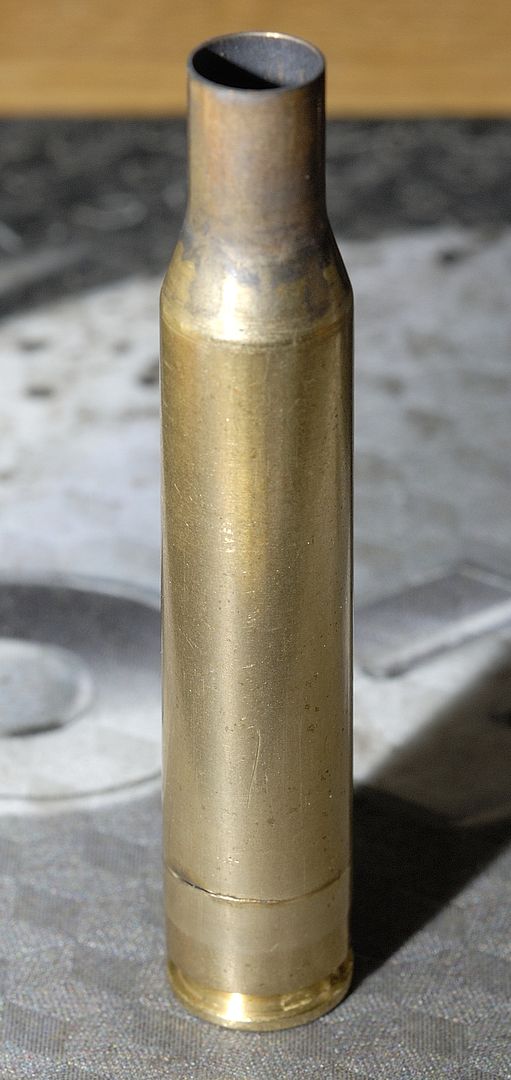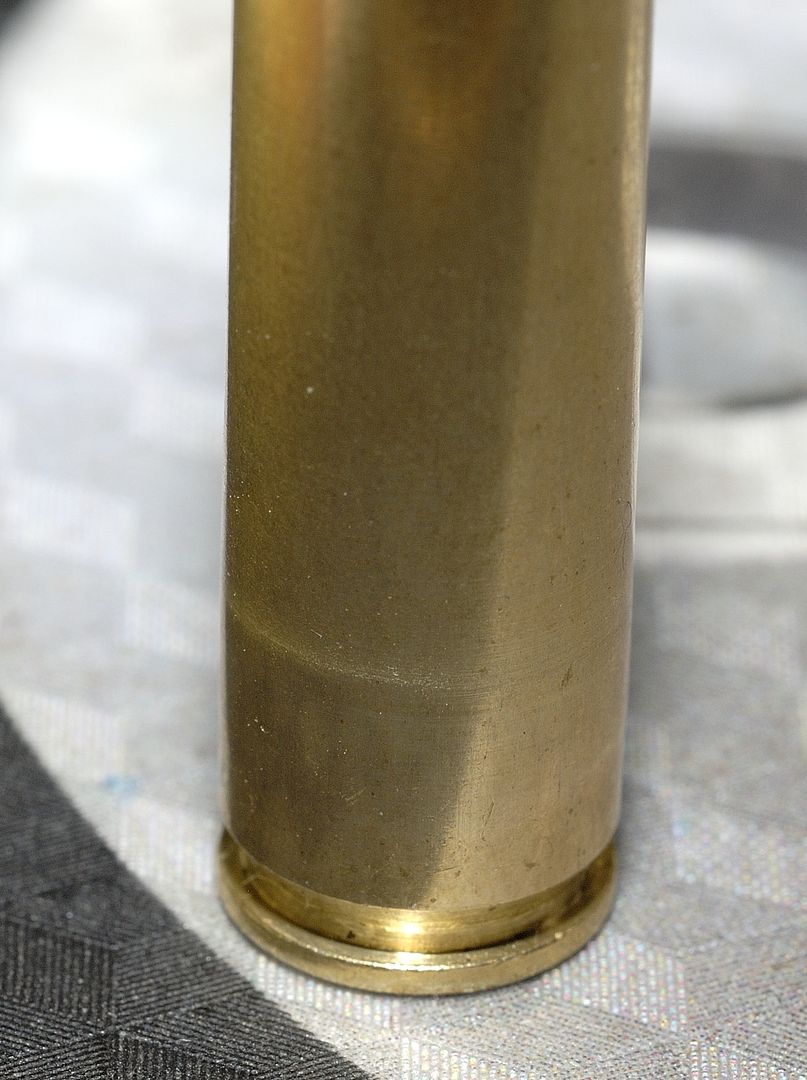K
kansasvet
Guest
I also use an RCBS lube pad but have found I have to press incredibly hard or use my thumb and index finger to properly
move lube on to the neck.
move lube on to the neck.


.........but things have happened along the way to delay that opinion by a large amount.
The after firing neck diameter of .254" would seem ok, if you add .001" of brass springback. I question the loaded round neck diameter differences, .248" VS .250" ?? Difference in pressure ring diameters will not be .002" If 1 lot of brass was fired more than the other (new vs fired 4 times) neck wall thickness may thin from working of the brass in standard dies when using an expander. Or you measurement are not correct? Sorry. Will the bullets now drop into a fired case? This was your original problem.I just got back from the range. The groups were awful for a .222 with the smallest one measure 1.25". the loaded case I miked was .248" before and after firing was .254 using 22 gr of H322 and a Berger 52 gr bullet. With 23 gr of H4895 and the 55 gr Berger measurements loaded were .250 and after firing was .254". Hope this helps.
Ironic we talked briefly about incipient case head separation the other day. today, I took the .222 out as well as my pre-64 Model 70 .270 Winchester. These twenty cases had been reloaded five times and I noticed one nearly separated and several others are beginning to get thin as seen in the second picture. Seems I have a host of rifle problems here lately.

